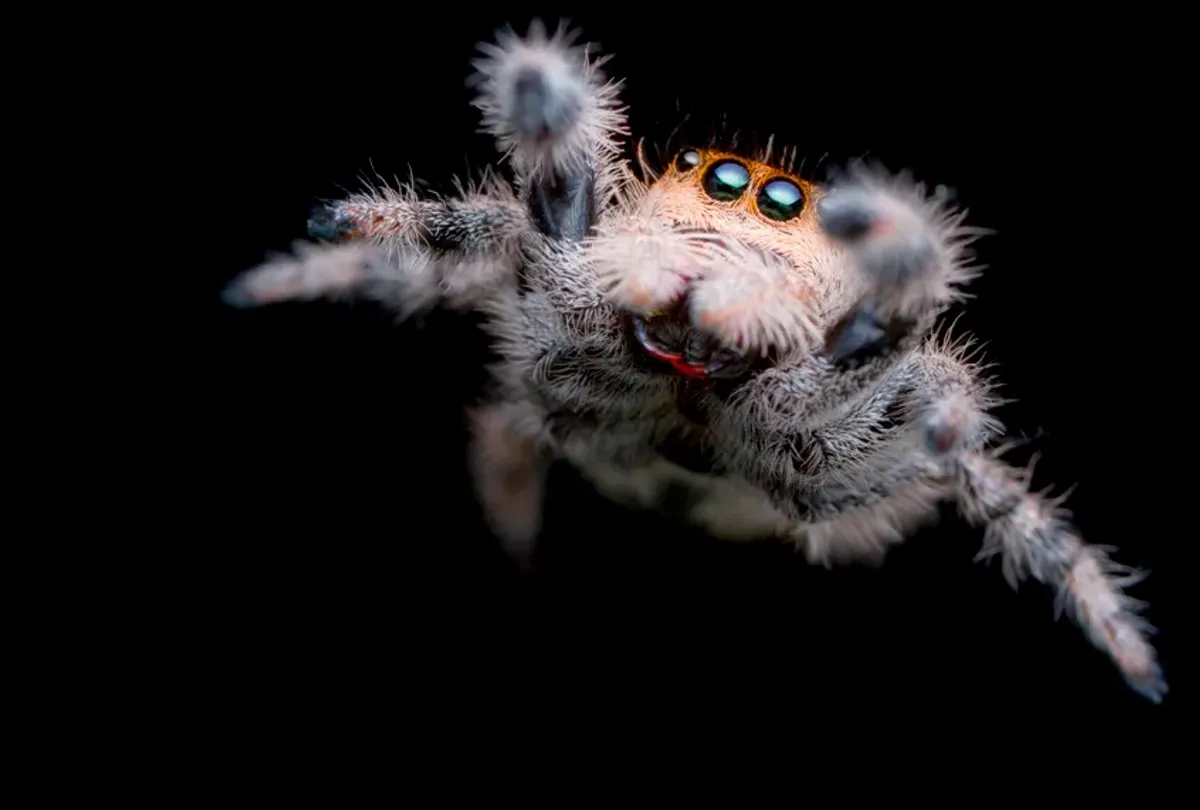Spiders, those eight-legged creatures that often inspire both fascination and dread, are among the most diverse and intriguing organisms on the planet. From the delicate orb-weavers to the elusive tarantulas, the world of spiders is a complex and captivating realm, brimming with a variety of species that play significant roles in our ecosystems. While discussions about dangerous or venomous sp5der like the black widow and brown recluse often dominate the narrative, it’s essential to explore the broader spectrum of these arachnids and their contributions to the natural world.
The Fear Factor: Understanding Venomous Spiders
Among the numerous species of spiders, some have garnered notoriety due to their venomous bites, which can pose risks to human health. The black widow, recognized for its iconic red hourglass-shaped mark, and the brown recluse, identifiable by the violin-shaped marking on its cephalothorax, are often at the center of these discussions. Although their bites can be medically significant, fatalities from their venom are rare, and prompt medical attention can effectively mitigate the consequences. Despite their fearsome reputation, it’s important to note that these spider worldwide play vital roles in controlling pest populations, contributing to the delicate balance of the ecosystem.
Beyond the Notorious: Exploring the Diversity of Spiders Worldwide
The world of spiders extends far beyond the small subset that makes headlines for their potential danger to humans. With over 48,000 known species, spread across various habitats worldwide, these arachnids showcase a remarkable array of adaptations and behaviours that have fascinated scientists and nature enthusiasts for centuries. From the intricate webs of orb-weavers to the burrows of trapdoor spiders, each species has evolved unique strategies to survive and thrive in their respective environments.
Orb-weaving spiders, with their symmetrical, wheel-shaped webs, are marvels of engineering, designed to capture unsuspecting prey with remarkable precision. Jumping spiders, known for their acute vision and agile hunting techniques, are a testament to the diversity of hunting strategies in the spider world. Meanwhile, the impressive tarantulas, often associated with fear and fascination, boast an array of sizes and colors, captivating enthusiasts and researchers alike.
The Unsung Heroes: Spiders as Environmental Stewards
While some may cringe at the sight of a spider, these arachnids play critical roles in maintaining the delicate balance of our ecosystems. Acting as natural pest controllers, they help manage populations of insects such as mosquitoes, flies, and agricultural pests, thereby reducing the need for chemical insecticides. This natural pest control service not only benefits the environment but also contributes to sustainable agricultural practices, promoting a healthier balance between humans and nature.
Furthermore, spider silk, renowned for its strength and elasticity, has inspired scientists to explore its potential applications in various fields, including medicine, engineering, and textiles. From potential advancements in biotechnology to innovative solutions in material science, the study of spider silk has opened new doors for interdisciplinary research and development.
Harmony in Coexistence: Appreciating Spiders in their Natural Habitat
While it’s essential to be aware of the potential risks associated with certain spider species, fostering a deeper understanding and appreciation for these often misunderstood creatures is crucial. Encouraging coexistence with spiders involves respecting their role in the ecosystem and implementing measures to peacefully remove them from human dwellings, rather than resorting to unnecessary extermination. Education and awareness programs can also play a significant role in dispelling myths and fostering a sense of respect for these invaluable contributors to our natural world.
In Conclusion: Embracing the Complexity of Nature’s Web
Spiders, with their intricate behaviors and diverse adaptations, serve as a testament to the wonders of the natural world. From their crucial roles in maintaining ecological balance to their inspiring contributions to scientific innovation, these arachnids exemplify the intricate interconnectedness of life on Earth. By acknowledging their significance beyond their potential threat to humans, we can develop a deeper appreciation for the complexity and beauty of the delicate web of life that sustains us all. Let us embrace the wonder of spiders, and in doing so, foster a deeper connection with the natural world that surrounds us.













+ There are no comments
Add yours